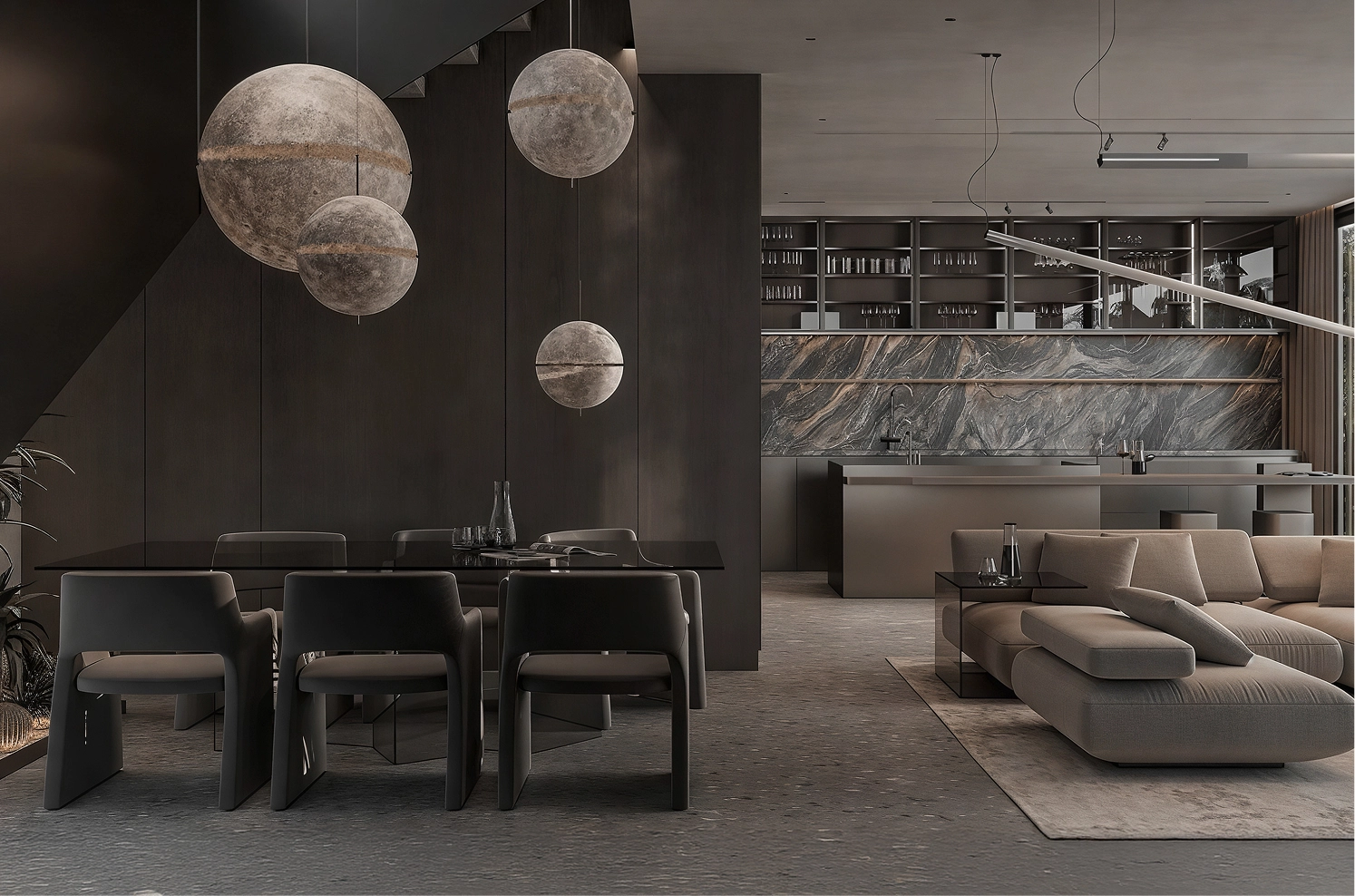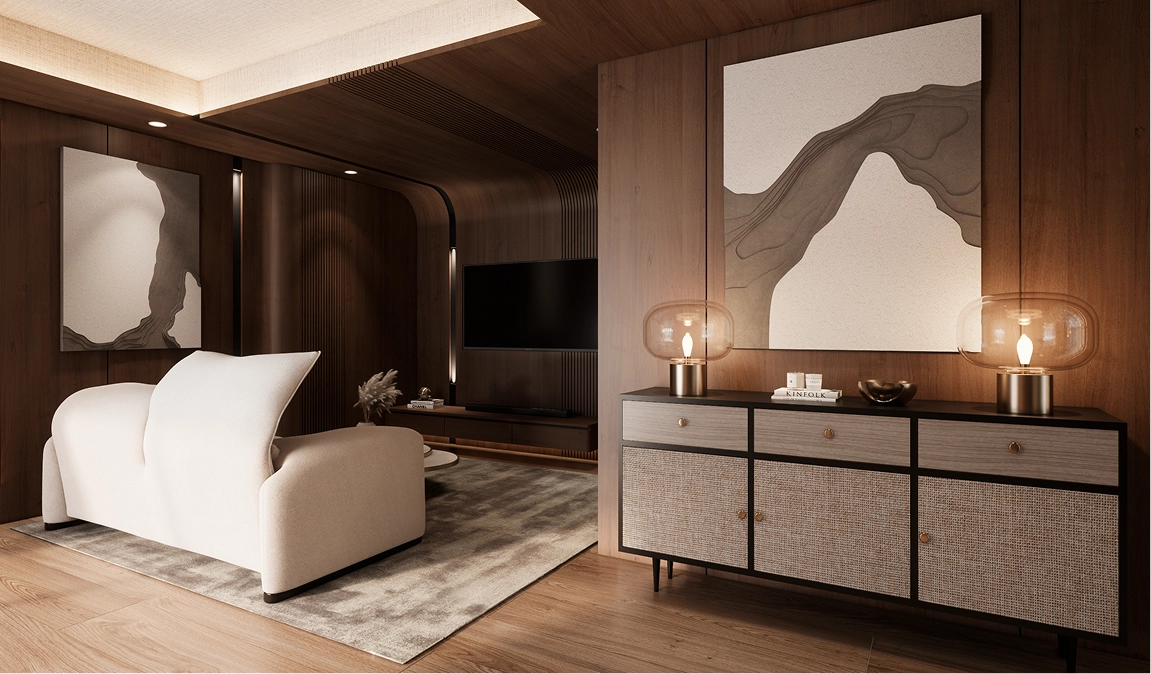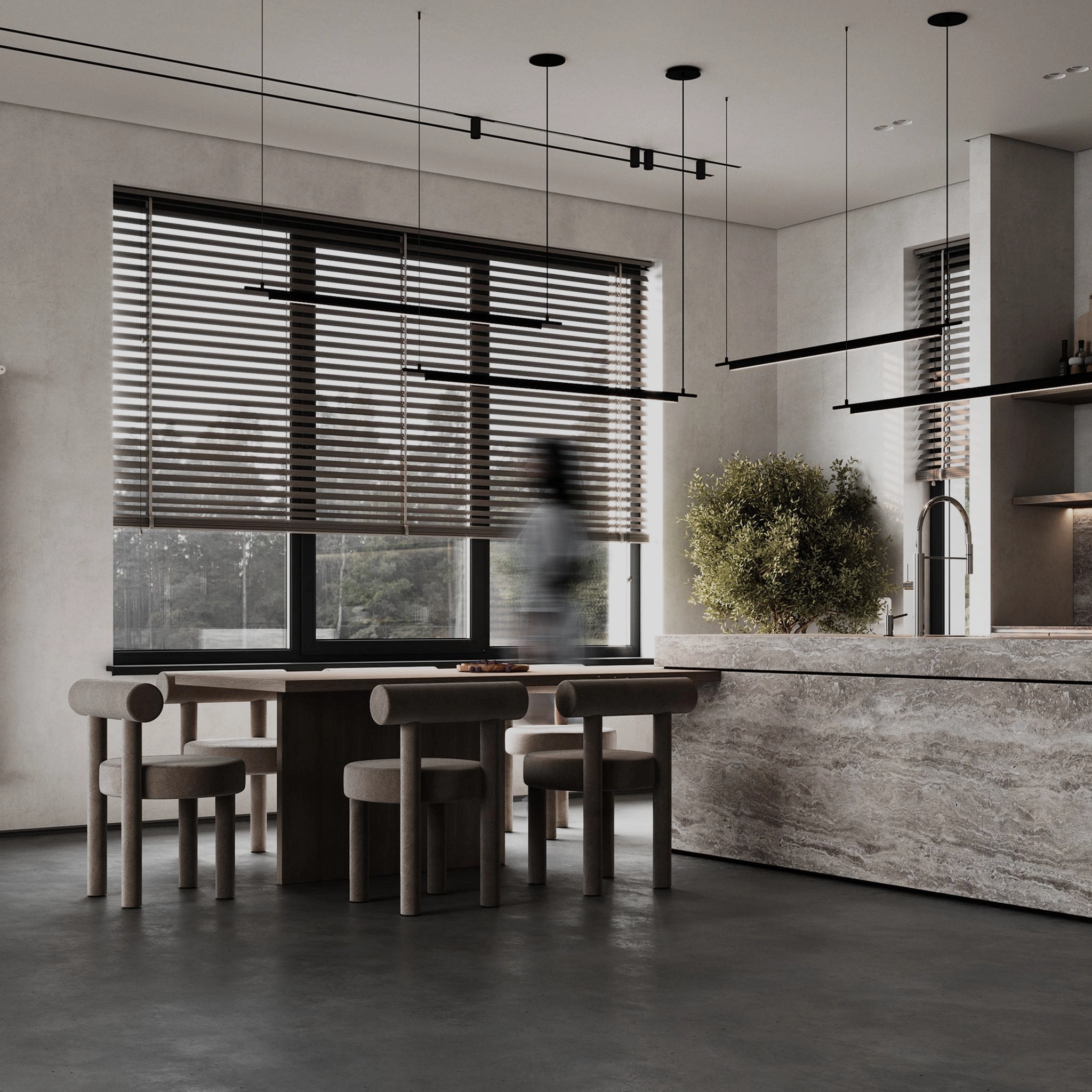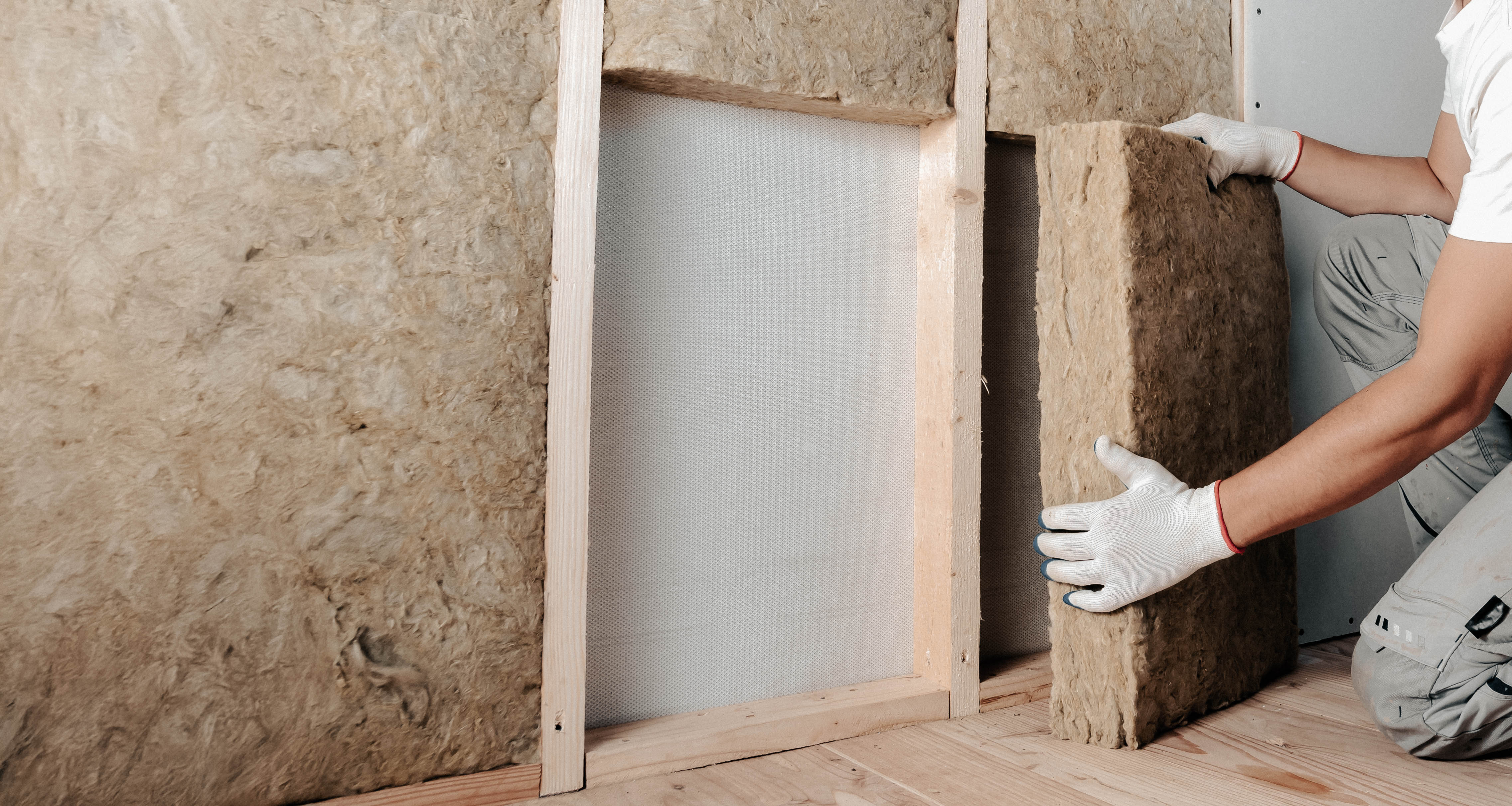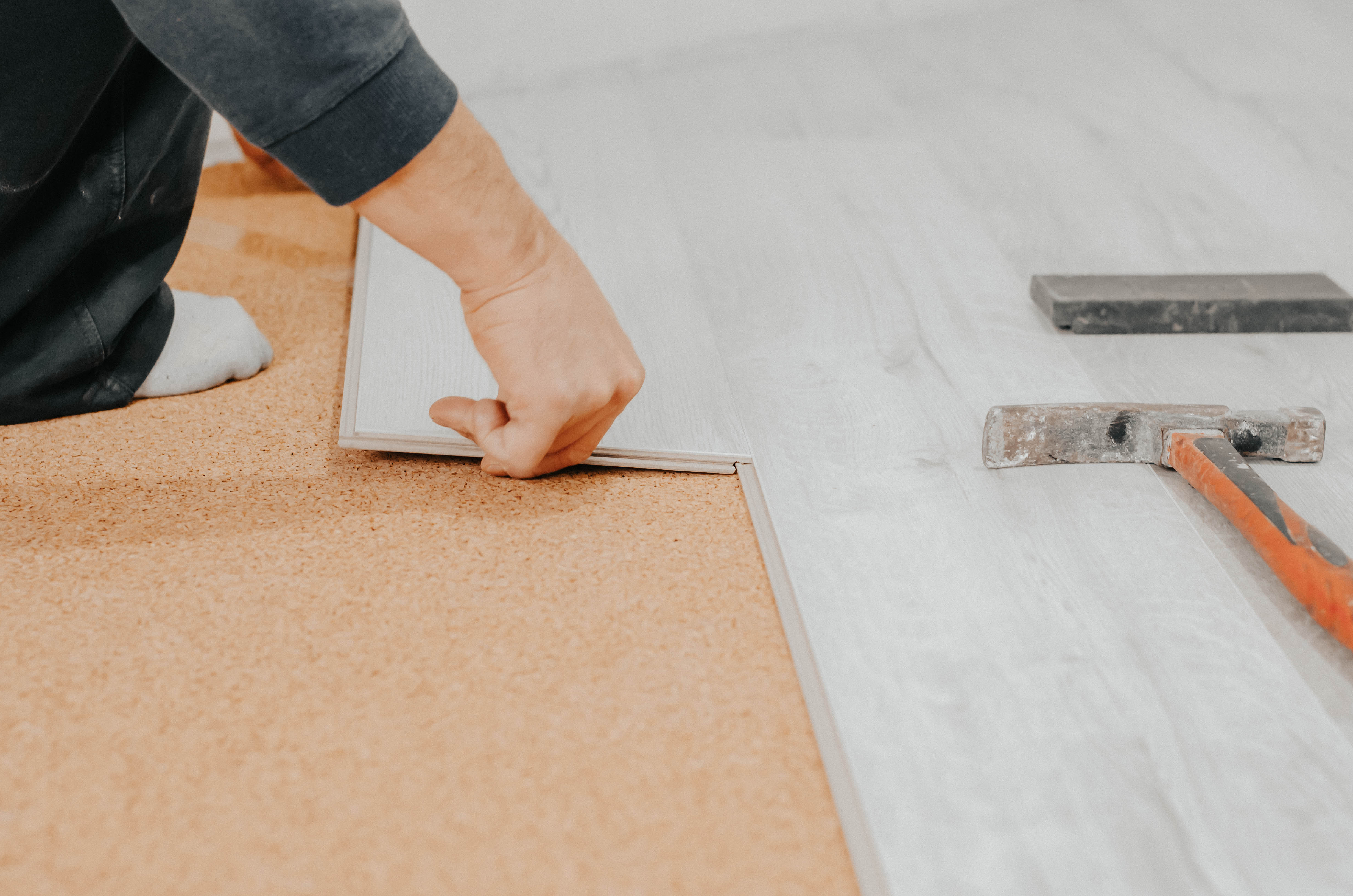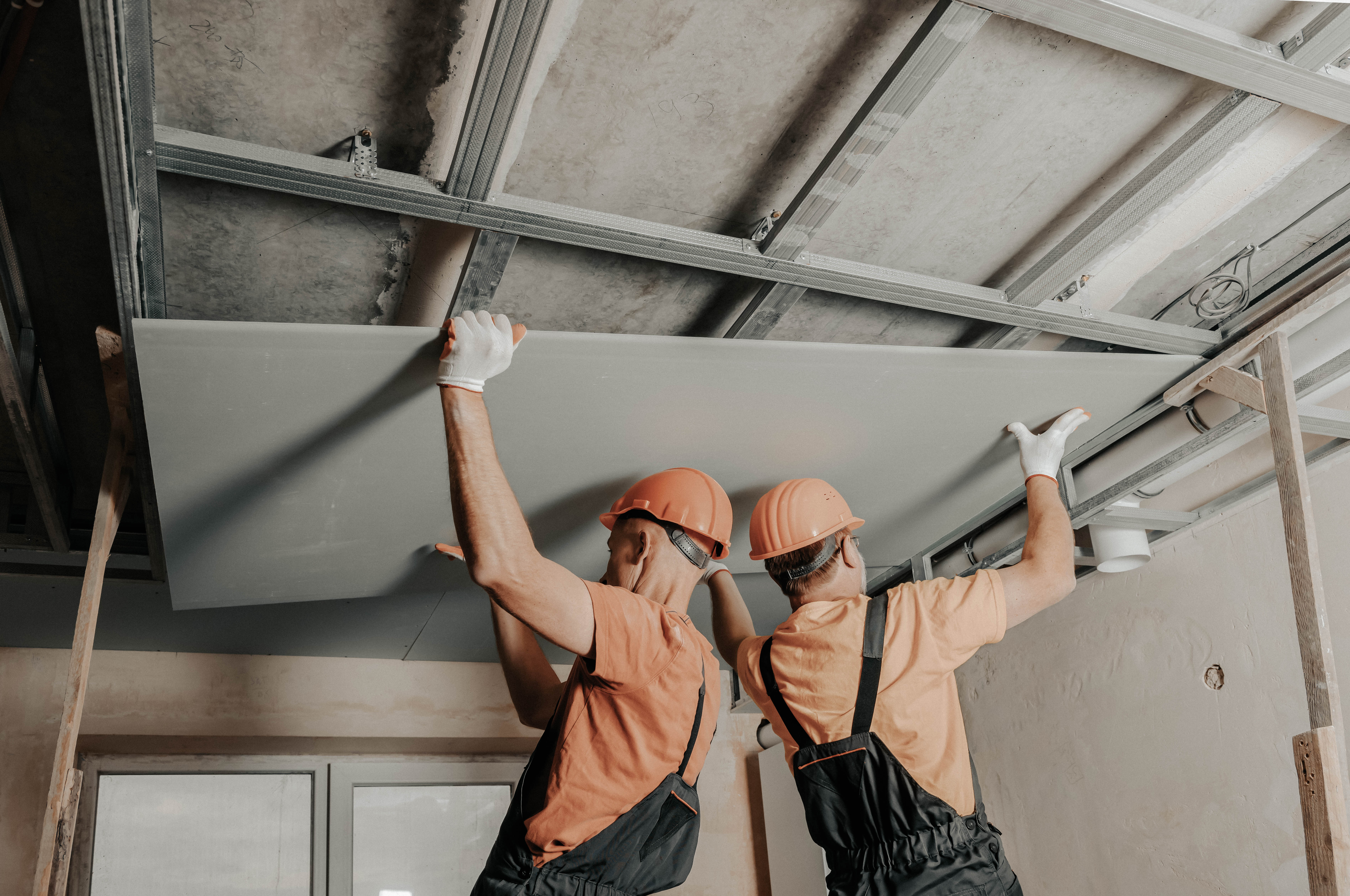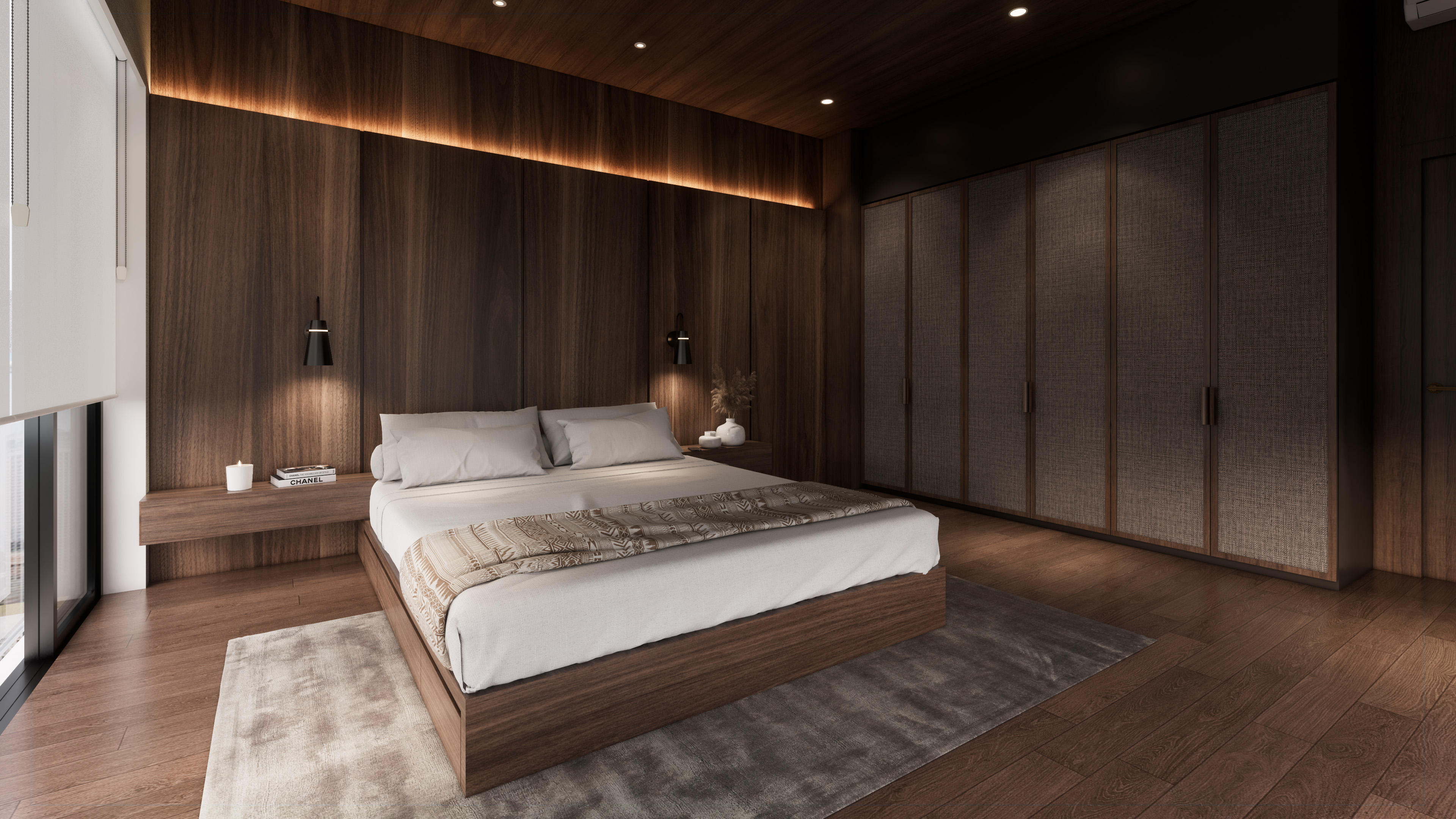Imagine the frustration of seeing the crafted edges of your new cabinetry chip and peel within months of installation. This common challenge, where the longevity and aesthetic integrity of your renovation are compromised by inadequate edging, is a concern for many homeowners. In Singapore's demanding climate, these issues are only amplified.
HPL trimming for cabinets, while budget-friendly, significantly compromises aesthetic quality and durability. The thin plastic laminate edges tend to peel, chip, and show wear quickly, creating an unmistakably cheap, mass-produced appearance. Unlike solid wood or premium edge banding options, HPL trim lacks the refined finish and dimensional stability that quality cabinetry demands. Its flat, plastic-like appearance fails to capture the depth and character of higher-end materials, immediately signaling cost-cutting measures to discerning clients. This budget solution ultimately detracts from the overall impression of your space and requires more frequent replacement, proving less economical in the long run.

Enter ABS trimming, a cutting-edge solution that addresses these vulnerabilities with unparalleled durability and a sleek, modern finish. This blog serves to demystify what ABS trimming is and illuminate its significant benefits, empowering you to make informed decisions for your next home renovation project.
What Exactly is ABS Trimming?
ABS, or Acrylonitrile Butadiene Styrene, is a high-performance thermoplastic polymer prized for its exceptional durability and resistance to impact.
In the meticulous process of ABS trimming carpentry, a precisely engineered strip of this material is expertly applied to the edges of wood panels. These panels, integral components of bespoke cabinetry and finely crafted doors, are thus fortified against daily wear and environmental factors. This application not only provides a robust protective barrier but also contributes to a flawlessly smooth and refined finish, elevating the aesthetic of any interior.



Benefits of Seamless ABS Trimming in Home Renovations
The advantages of ABS trimming are manifold:
- Durability and Impact Resistance: ABS delivers exceptional resistance to everyday wear and tear, safeguarding edges from impacts and abrasions. This translates to prolonged lifespan for your cabinets, doors, and other fixtures, ensuring they maintain their pristine condition for years.
- Aesthetic Appeal: The seamless, clean finish achieved with ABS trimming significantly enhances the aesthetic of your interiors. The precise application eliminates visible seams and rough edges, creating a polished look that elevates the overall design.
- Moisture Resistance: ABS is highly resistant to moisture, meaning it’s well-suited for areas prone to humidity, such as kitchens and bathrooms. This inherent resistance ensures that your edges remain intact and visually appealing, even in challenging environments.
- Variety of Finishes and Colours: With a diverse range of finishes and colours, ABS trimming offers unparalleled design flexibility. This allows for seamless integration with your existing décor and enables you to achieve the precise aesthetic you envision.
ABS Trimming: An Eco-Friendly Choice
The selection of sustainable materials is paramount in today's conscientious design landscape. ABS trimming stands out as a responsible alternative to traditional edging options, such as PVC.
Unlike PVC, ABS is readily recyclable, significantly reducing its environmental footprint. This commitment to sustainability aligns with the increasing demand for eco-conscious building practices. Furthermore, ABS is non-toxic, ensuring a healthier and safer living environment for your family.
Why ABS Trimming Matters in Interior Design
The devil is in the details, and in discerning interior design, this adage holds true. The refined edges achieved through ABS trimming are a testament to this, playing a pivotal role in creating a cohesive aesthetic.
By delivering enduring durability and a sleek, contemporary finish, ABS trimming ensures that design elements remain stylish and structurally sound over time, whether embarking on a landed property renovation or any interior project where integrating modern, long-lasting materials is essential for creating timeless interiors.
Elevating Your Finish with ABS Trimming
ABS trimming delivers a durable, seamless, and moisture-resistant finish, enhancing both the look and longevity of cabinetry and doors. Additionally, its eco-friendly properties align with sustainable design. For luxury interior design in Singapore, ABS trimming offers a blend of practicality and elegance. Consult our experts to enhance your next project.
Refined Spaces, Masterfully Designed
DreamR specialises in luxury renovations for distinguished residences and commercial spaces.
Schedule a free design consultation with our design experts (link to contact page) and discover how we can transform your space into a masterpiece of refinement, or WhatsApp us now to begin your journey.












.svg)


